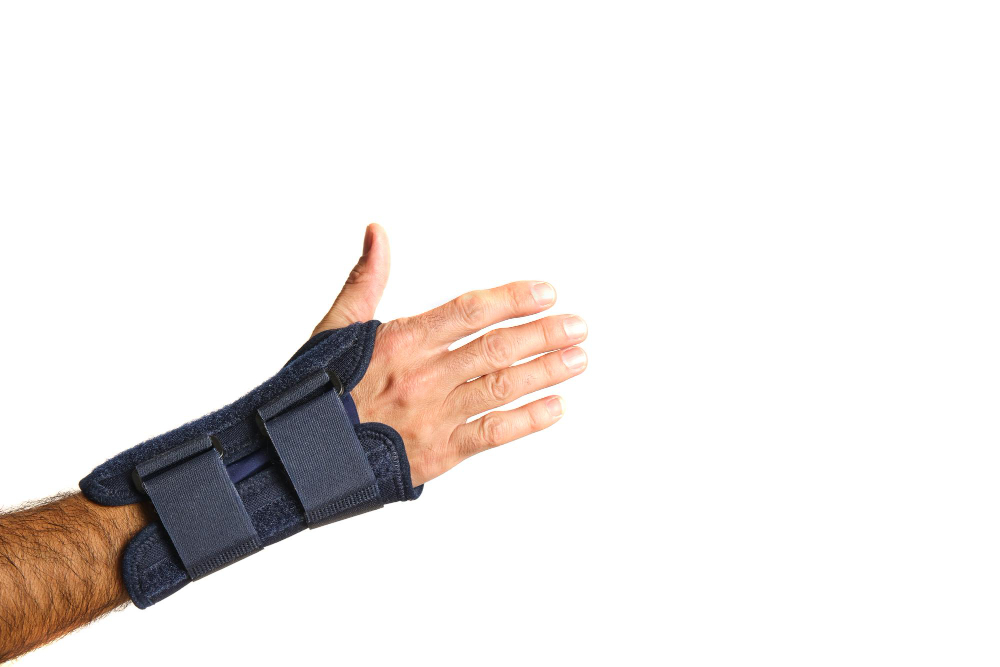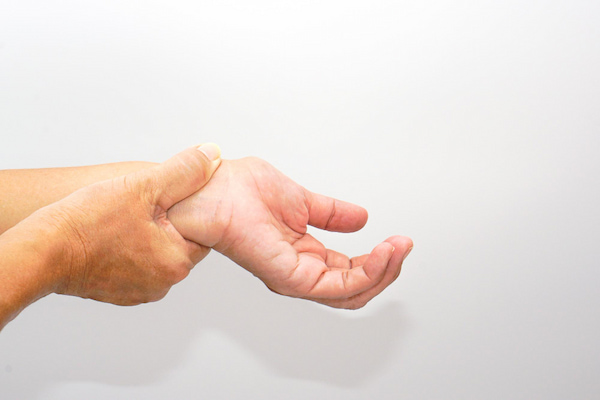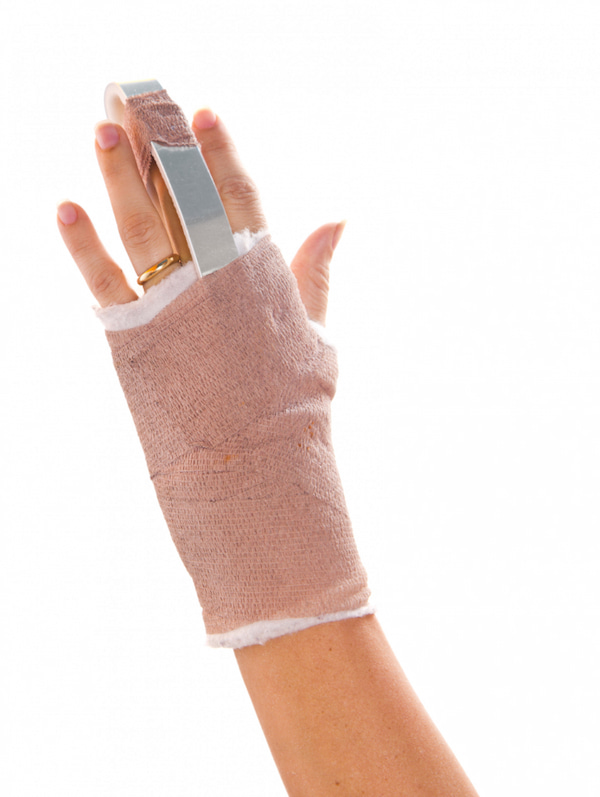Toe to Hand Transplantations
MD. Burak Sercan Erçin
Toe to hand transplantation is a type of reconstructive surgery in which the toes are transplanted onto the hand to replace missing or damaged fingers.
This type of surgery is also referred to as a digital reconstruction.
The procedure involves the transfer of a toe, including the skin, bones, tendons, blood vessels, and nerves, to the hand to create a functional digit (finger).

Toe to hand transplantation is a type of reconstructive surgery in which the toes are transplanted onto the hand to replace missing or damaged fingers.
This type of surgery is also referred to as a digital reconstruction.
The procedure involves the transfer of a toe, including the skin, bones, tendons, blood vessels, and nerves, to the hand to create a functional digit (finger).
What is a Hand Transplant Surgery?
Hand transplant surgery, which is also called hand allotransplantation, is a complicated and advanced surgery in which a person’s hand is replaced with a hand from a donor. Most of the time, the procedure is done on people who have lost a hand or a part of it because of an accident, a birth defect, or a disease.
-
Can toes be transplanted to the hand? Is finger transplant surgery possible?
Toe-to-hand transplant surgery is a specialized and relatively new surgical procedure. It is a variation of hand surgery that involves the transplantation of one or more toes to the hand. The goal of this procedure is to restore function and sensation to the hand and improve the patient’s quality of life. Finger transplant surgery is also possible but is less common and more complex.
-
Can you replace your injured thumb with your toe?
In certain cases, a patient’s injured or missing thumb can be replaced with a toe. This requires a high level of expertise in microsurgery, as the blood vessels, nerves, and tendons of the toe must be connected to those of the hand. This is a complex and challenging procedure, but it can be life-changing for patients who have lost their thumb.
In Which Situations is Toe-to-Hand Transplantation Preferred?
Before foot-to-hand transplantation, a decision can be made whether to perform a foot-to-hand transplantation after the patient’s physical examination and radiological examinations. Foot-to-hand transplants may be preferred depending on the following situations;
Index Finger Loss.
Loss of all or part of the thumb.
In the loss of more than one finger, toe-to-hand transplant treatment is applied.
Finger or tissue losses may occur due to cancer, genetic reasons, work accidents, and due to traffic accidents. It is used for finger transfer from foot to hand because the use of the hand or finger functions are lost. The big toe is preferred for the big toe transplants performed in adult patients, and the second toe is preferred for the transplant in pediatric patients.
Contact Us Now

Finger Transplantation
Finger losses in the hand may be congenital or may occur later, after some accidents or diseases. If the hand has a loss of function that cannot fulfill its function, the toe-to-hand transplantation method is preferred.
The application of fingers surgery that adapt to each other both aesthetically and functionally brings success to the procedure.
Generally, the thumb is preferred first, followed by the index and other fingers. Transplantation of two toes may work best for lost fingers, with the exception of the big toe. After this transfer, the holding and gripping functions are gradually restored.
According to some studies, adult patients are less likely to get positive results from this surgery than pediatric patients.
Benefits And Outcomes Of Hand Surgery
The benefits of toe-to-hand transplant surgery include the restoration of sensation and function to the hand, improved dexterity and grip, and improved appearance of the hand. With the right rehab and physical therapy, patients can get back to doing everyday things like writing, picking up objects, and even holding a pencil or fork.
It’s important to remember that a hand transplantation is a complicated surgery that requires a lot of physical therapy and rehabilitation. The healing process can take several months. It is essential that patients have realistic expectations and understand the risks and benefits of the procedure.
Additionally, the success of the surgery depends on the patient’s overall health and the quality of the donor tissue. The long-term outcomes of the surgery can be affected by the rejection of the transplanted tissue and potential complications.
Who is Eligible For Toe To Hand Surgery?
The eligibility criteria for hand surgery depend on a multitude of factors. Such factors include, but are not limited to :
- Physical and mental health
- Age and overall health status
- Past medical history
- Motivation and commitment to the rehabilitation process
- Ample muscle mass in the residual limb
- Adequate bone structure to support the transplanted hand
- A functional immune system
- Understanding of the risks and benefits of the surgery
- Ability to comply with post-operative care instructions
- Willingness to participate in the long-term rehabilitation process
Explanation of the Microsurgery Techniques Used in Hand Transplant
-
Definition of Microsurgery
Microsurgery is a surgical technique that utilizes magnification and precision instruments to perform complex procedures. In a hand transplant, microsurgery is used to reconnect small blood vessels and nerves, which are very important for the hand to function again.
-
The Microsurgical Process in Hand Transplant
Microsurgery for hand transplants involves the precise connection of tiny blood vessels and nerves using microscopic visualization and instruments. This makes it possible for the transplanted hand to work well and lowers the risk of problems.
-
Advantages of Microsurgery in Hand Transplant
Microsurgery offers several advantages in hand transplant, including improved outcomes and reduced risk of complications. The precise and delicate nature of the procedure helps ensure the success of the transplant and the optimal functioning of the transplanted hand.
How Much is a Toe-to-Hand Transplant in Turkey?
The cost of a toe-to-hand transplant in Turkey can vary based on several factors, including the experience and qualifications of the surgeon, the location of the surgery, and the patient’s specific needs and health status.
The cost of a toe-to-hand transplant in Turkey is often lower compared to other countries, making it an attractive option for those seeking affordable, high-quality medical care.
Several factors can affect the cost of a toe-to-hand transplant in Turkey, including the patient’s health status, the complexity of the procedure, and the experience and qualifications of the surgeon. It is important to discuss the cost of the procedure with a qualified medical professional to obtain a detailed estimate.
Toe To Hand Surgery FAQ
How Long Does A Prosthetic Finger Last?
The lifespan of a prosthetic finger can vary depending on the materials used, frequency of use, and proper care and maintenance. On average, a well-made prosthetic finger can last anywhere from several months to several years.
Can Finger Bones Regrow?
In some cases, finger bones can regrow or heal on their own through the body’s natural healing processes. However, if the injury or damage is severe, surgical intervention may be necessary to promote regrowth or fuse the bones together.
How Long Does It Take For A Piece Of Finger To Grow Back?
The length of time it takes for a piece of a finger to grow back can vary depending on the extent of the injury and the person’s overall health. In some cases, it can take several months to a year or more for a finger to fully regrow.
What Are The Risks Of Finger Surgery?
As with any surgery, there are risks associated with finger surgery. These may include infection, bleeding, nerve damage, and an adverse reaction to anesthesia. Also, there may be problems with the procedure itself, such as scarring, stiffness, or loss of function. It’s important to discuss the risks and benefits of the surgery with your doctor in order to make an informed decision.









